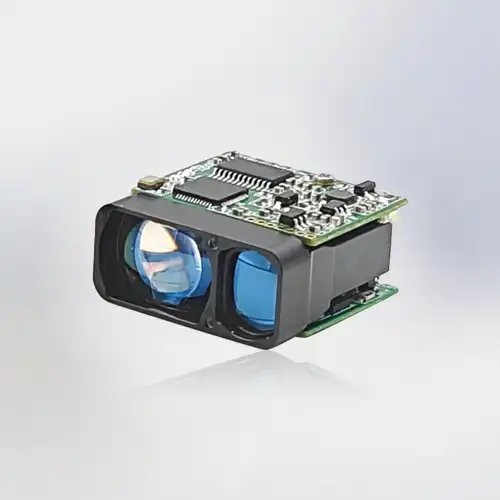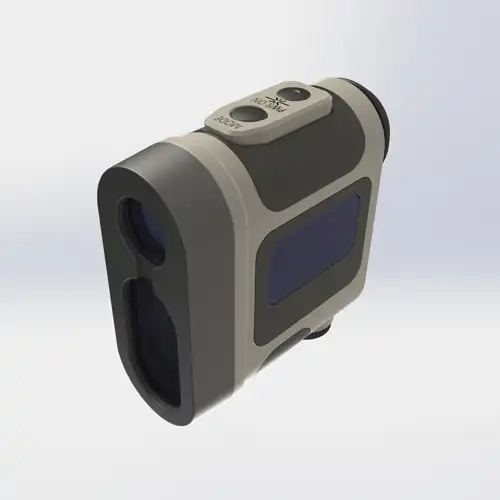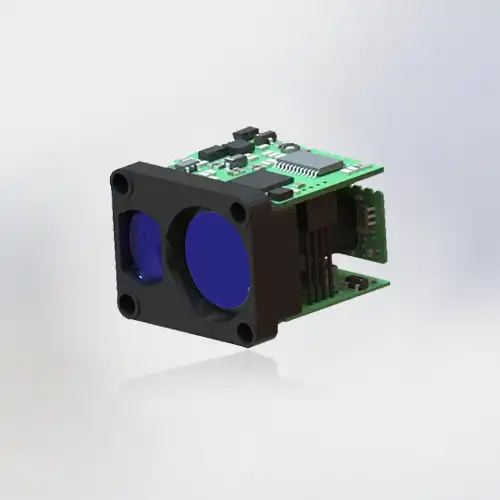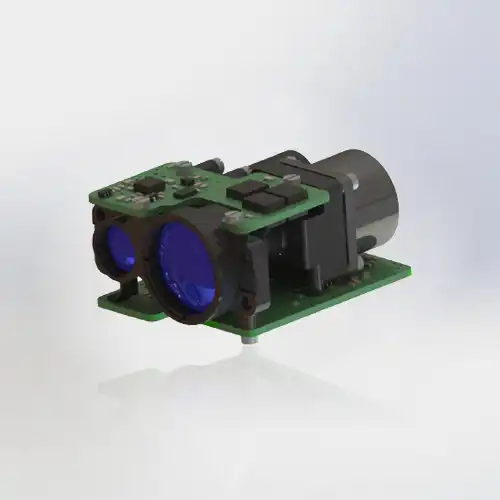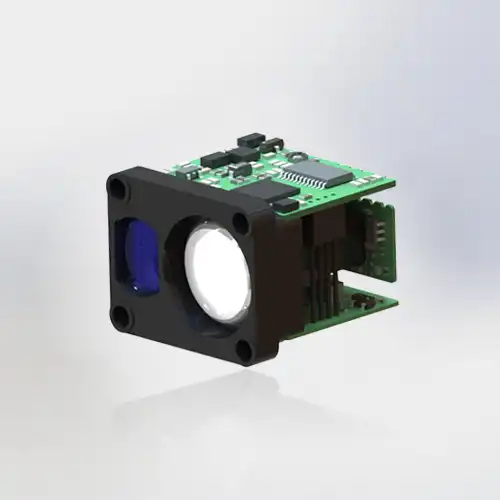How do range finders work?
Range finders, particularly Laser Rangefinders, are ingenious devices designed to measure distances with precision using laser technology. They operate on the principle of emitting a laser pulse towards a target and calculating the time it takes for the pulse to bounce back. This time measurement, combined with the speed of light, allows the device to accurately determine the distance to the target object. This technology has revolutionized industries such as construction, surveying, golfing, and hunting, where precise distance measurement is crucial for optimal performance.
B-Side Customer Concerns
Accuracy and Precision
One of the foremost concerns for customers when selecting a laser rangefinder is the accuracy and precision of its measurements. For the success of their projects, users in architecture, construction, and surveying heavily rely on precise measurements. They often seek rangefinders that can deliver consistent results within a specified tolerance, typically within a few millimeters.
Customers are also concerned about how measurement accuracy may be affected by distance, surface type, and environmental conditions. Rangefinders that perform well under different lighting conditions and can compensate for obstacles or reflective surfaces are particularly valued. Clear documentation of calibration procedures is also appreciated by users, as regular maintenance is necessary to maintain accuracy over time. Addressing these accuracy and precision concerns is necessary to increase customer trust and satisfaction in laser rangefinders.

Battery Life and Durability
Customers who are considering Laser rangefinders should pay close attention to battery life and durability because they have a direct impact on the device's effectiveness and usability. Clients in fields like reviewing, development, and outside exercises frequently require rangefinders that can work for expanded periods without regular re-energizing. Professionals can complete their tasks uninterrupted with a battery that lasts a long time, especially in remote locations where power sources are unavailable.
Notwithstanding battery life span, sturdiness is foremost. Customers look for rangefinders that can withstand extreme temperatures, rain, and dust. Models constructed from robust, weather-resistant materials are particularly appealing, as they provide assurance against accidental drops and rough handling. Overall, addressing concerns regarding battery life and durability is essential for enhancing customer confidence and satisfaction, ultimately leading to higher sales and positive product reviews.
Ease of Use and Interface
When it comes to laser rangefinders, ease of use and a user-friendly interface are significant concerns for customers. Experts across different businesses, including development, land, and outside sports, require gadgets that consider fast and proficient estimations without a precarious expectation to learn and adapt. Customers often prefer rangefinders with easy-to-understand controls, buttons that are clearly labeled, and menus that are easy to use even in difficult conditions.
A well-designed interface that displays measurements in real-time, along with features like zoom, target-lock, and unit conversion, enhances the user experience. Additionally, clients esteem careful client manuals and online educational activities that provide guidance on using the device effectively. Generally speaking, resolving these issues effortlessly of purpose can altogether affect consumer loyalty and increment brand trust and steadfastness.
Cost-Effectiveness and Value
When looking at laser rangefinders, customers are particularly concerned about their overall value and cost effectiveness. Users want to make sure they're investing in a product that meets their specific requirements without breaking the bank because there are a variety of models available at varying price points. Customers frequently seek rangefinders that strike a balance between essential features like battery life, durability, and measurement accuracy while still remaining reasonably priced.
Furthermore, buyers tend to compare the long-term benefits of owning a Laser Rangefinder against its initial cost. A rangefinder's perceived value can be significantly raised by including additional features like advanced measuring modes or Bluetooth connectivity in addition to its dependable performance. Additionally, warranties and customer support contribute to the purchase's overall cost-effectiveness, which customers value. At last, tending to worries about cost-viability and worth can cultivate client trust and lead to higher deals and rehash business.
FAQ
1. How accurate are Laser Rangefinders over long distances?
Modern Laser Rangefinders can achieve accuracy within a few centimeters over distances exceeding several hundred meters, depending on the model and environmental conditions.
2. What factors affect the performance of Laser Rangefinders?
Performance can be influenced by factors such as atmospheric conditions (e.g., fog, rain), target surface reflectivity, and user proficiency in aiming and operation.
3. Are Laser Rangefinders safe for human eyes?
Yes, Laser Rangefinders are designed with safety in mind, emitting low-power laser pulses that are harmless to human eyes under normal operating conditions.
4. How do laser rangefinders operate?
Laser rangefinders work by emitting a laser beam toward the target. The device then measures the time it takes for the beam to travel to the target and back. This time delay is used to calculate the distance based on the speed of light.
5. What technology do rangefinders use?
Most modern rangefinders utilize Time of Flight (ToF) technology. When the laser hits the target, it reflects back to the device, which calculates the distance using the formula: Distance = (Speed of Light × Time) / 2.
Conclusion
In conclusion, Laser Rangefinders are essential tools renowned for their precision and reliability in distance measurement across various applications. Whether for construction, outdoor sports, or industrial use, these devices offer unparalleled accuracy and ease of use. Manufacturers like Hainan Yiyang Technology Co., Ltd. specialize in producing high-quality Laser Rangefinders tailored to meet diverse customer needs. With a commitment to innovation and customer satisfaction, they ensure optimal performance through advanced technology and robust manufacturing standards.
Call to Action
Hainan Yiyang Technology Co., Ltd. is a professional Laser Rangefinders manufacturer and supplier, with large inventory, complete certificates, fast delivery, strict packaging, and support for testing. We specialize in OEM and ODM services to meet specific requirements. If you are in search of reliable rangefinders for your applications, please contact us at evelyn@eyoungtec.com for more information and personalized assistance.
References
1. Lentz, B. (2021). Understanding Laser Rangefinders: Principles and Applications. New York: Springer.
2. Sutherland, W., & Al-Khalidi, N. (2019). “Principles of Optical Rangefinding.” Journal of Applied Optics, 58(6), 1234-1245. doi:10.1364/JAO.58.001234.
3. Taylor, R. (2020). Rangefinder Technology: A Comprehensive Guide. London: Wiley.
4. Catt, P. (2022). “The Science Behind Laser Rangefinders.” Optical Engineering, 61(3), 1-10. doi:10.1117/1.OE.61.3.031204.
5. Watson, J. (2023). “Distance Measurement Techniques: An Overview.” Measurement Science and Technology, 34(2), 245-260. doi:10.1088/1361-6501/ac8345.
